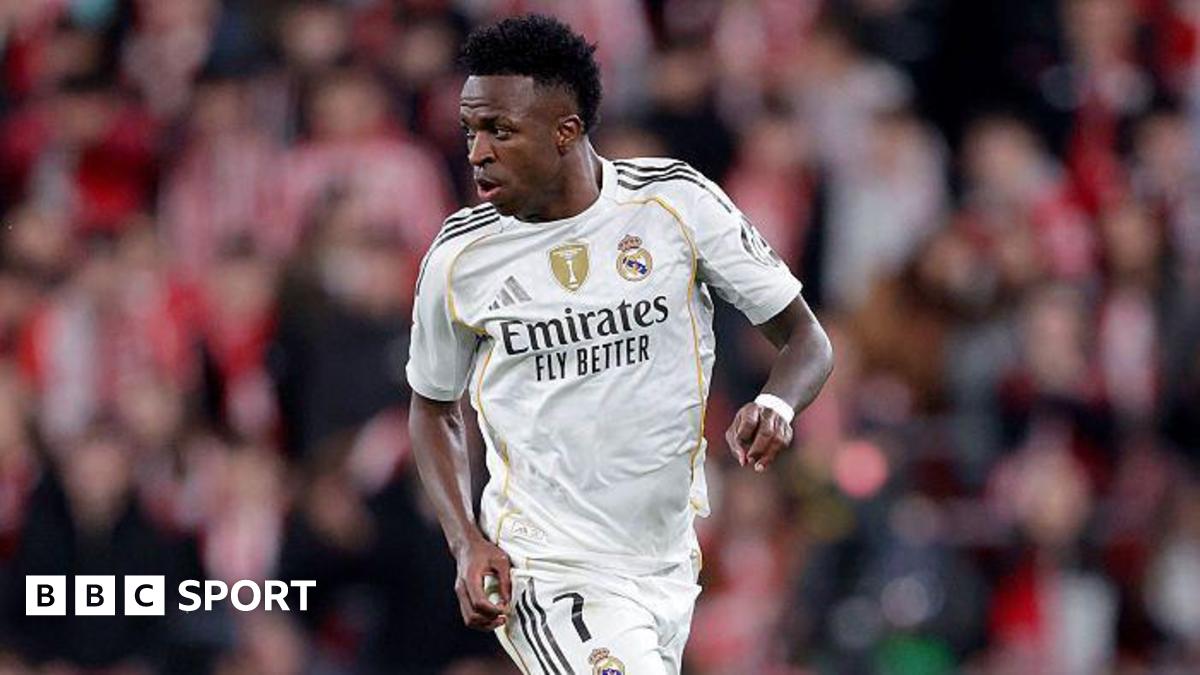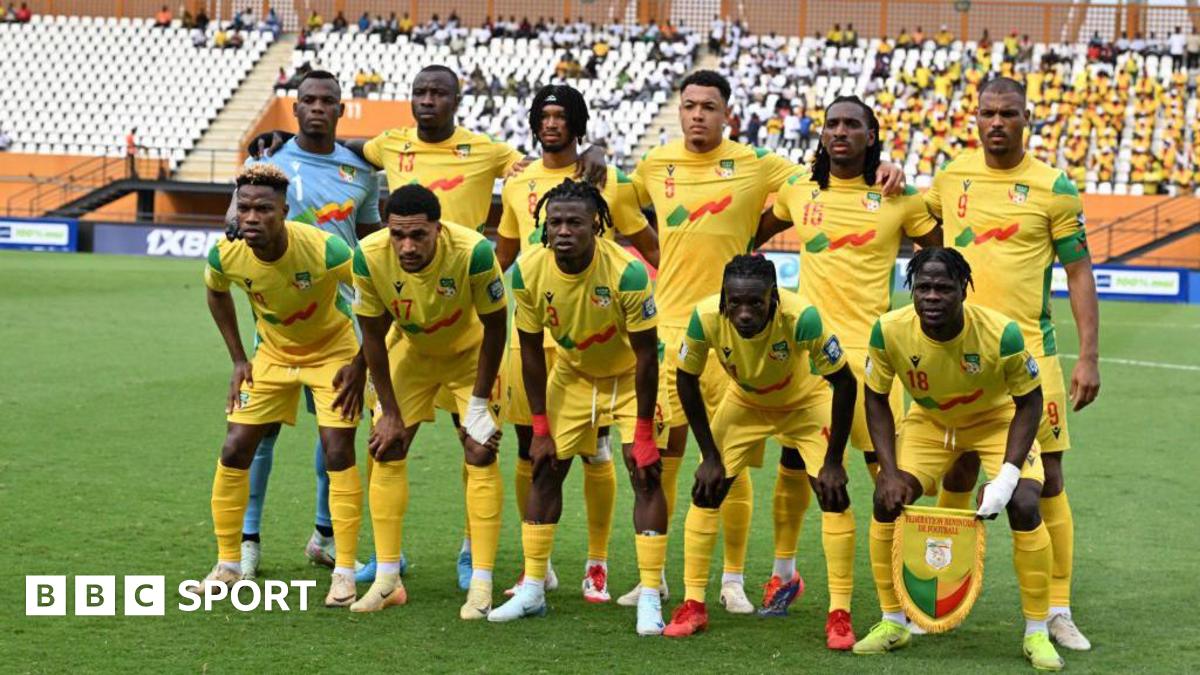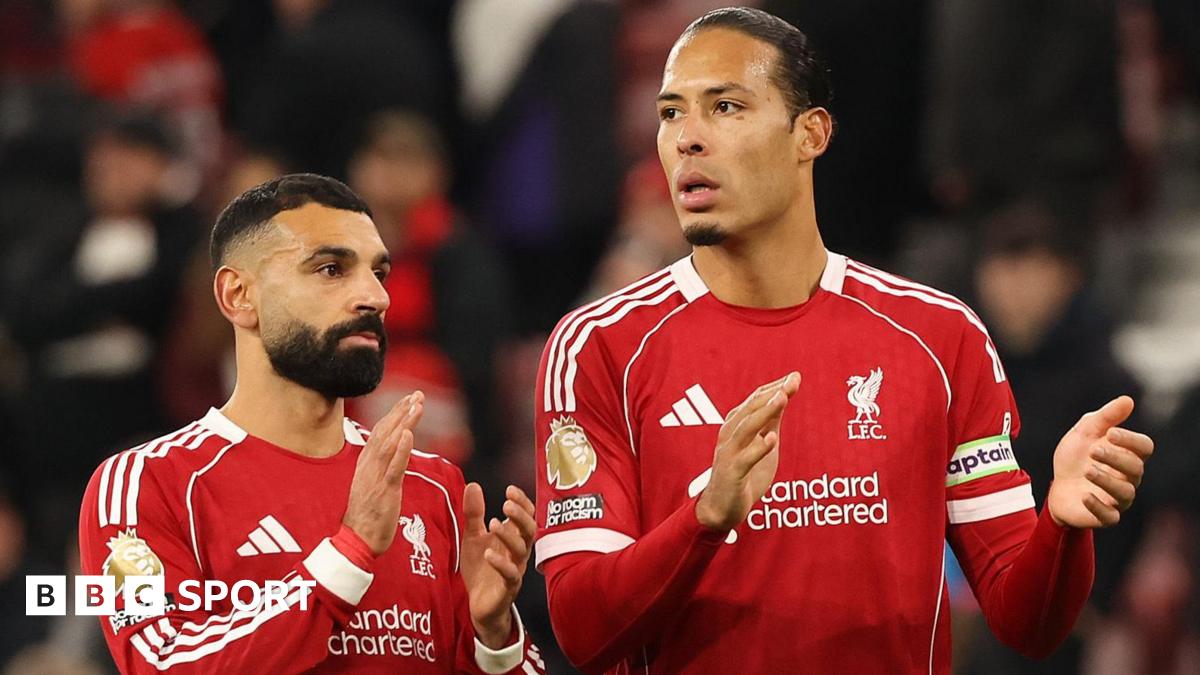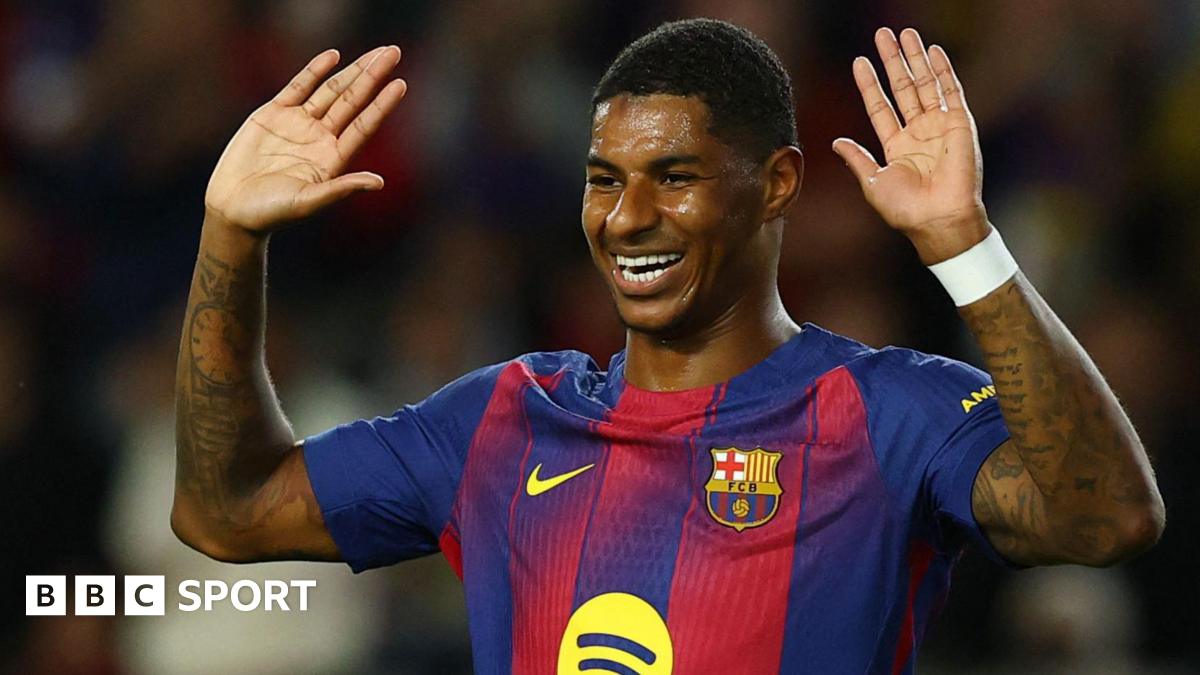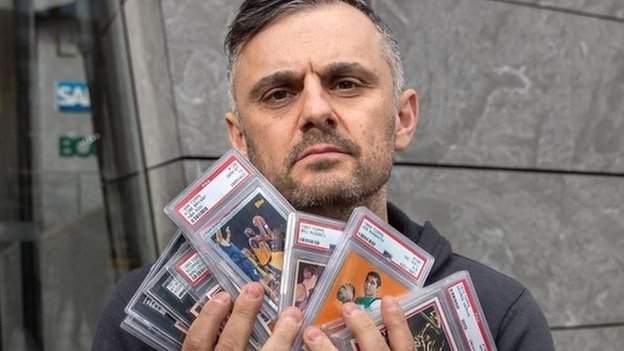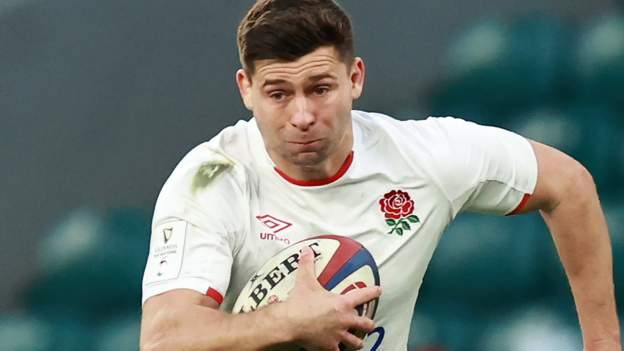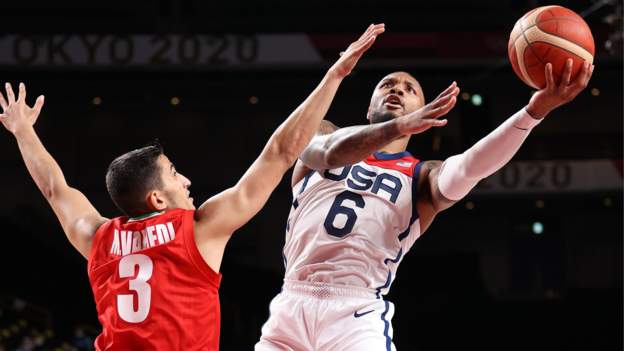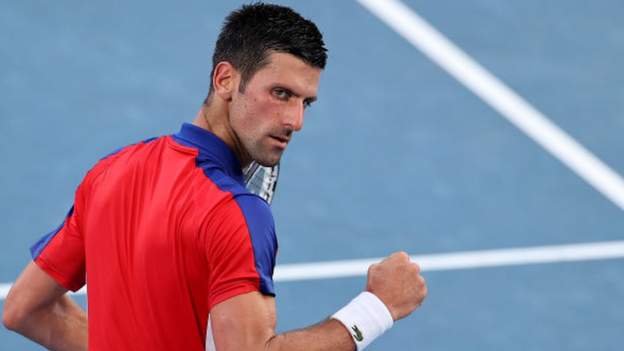To say business in the world of sports trading cards is booming would be an understatement.
Twice in 2021, people have shelled out £3.75m for what – when all is said and done – are single rectangular cards featuring pictures of American sportsmen.
The latest came last week when an “ultra-rare” LeBron James became the most expensive basketball card ever sold, matching the record for any sport that was set by a Mickey Mantle baseball card in January.
What’s the story?
Collecting sports trading cards might seem like an old-school hobby – its last heyday came about 30 years ago – but it is one that has experienced a resurgence during the coronavirus pandemic.
Since the first lockdown began in spring 2020, sales have significantly increased on both sides of the Atlantic in both number and value.
Sports Collectors Daily reported that eBay’s sports card category sales from March-May 2020 were 92% higher than during the final three months of 2019, with basketball cards seeing the biggest rise in sales.
“People were stuck at home, bored, missing live sport, so I guess they looked for something that could cheer them up, maybe even remind them of their childhoods,” says British collector Laura Brain.
“Most collectors are drawn in by the emotional attachment.”
What are the numbers?
Since the start of 2020, more than 10 cards – featuring some of American sport’s biggest names – have changed hands for more than £1m.
Rookie cards of current NBA stars Giannis Antetokounmpo, Luka Doncic and James are among them, as are autographed cards of baseball player Mike Trout and seven-time Super Bowl winner Tom Brady, and a rare card of late basketball player Kobe Bryant.
But what makes sports trading cards so valuable?
“Good old-fashioned supply and demand – it’s as simple as it gets,” says American entrepreneur and avid collector Gary Vaynerchuk.
“LeBron, Luka… somebody plays extremely well, people then want that player and then that player inevitably has cards which were produced in very low production and are very limited.”
Also crucial to a card’s value is its condition – third-party companies authenticate and grade cards using a 10-point grading scale.

What about the UK market?
In December 2020, demand for Uefa Champions League trading cards was so high that manufacturer Topps’ UK website crashed.
Vaynerchuk, who regularly shares his expertise with his millions of social media followers, says he has seen a rise in direct messages from UK collectors and sees potential in the market.
“It’s a little bit lagging but it’s starting to catch up,” he said. “Some of the Premier League superstar rookie cards are very interesting.”
The past – and the future
Vaynerchuk recalls collecting cards was seen as “nerdy” during its most recent heyday in the 1980s and early 1990s.
But he draws comparison with the Marvel films, saying: “Comic book movies 40 or 50 years ago were for a small group, right? And now they’re the blockbusters.”
An increase in young collectors, along with the success of YouTube content such as pack-opening videos, makes him “bullish” about the future of his hobby.
Cem Yavuz is one of those young collectors.
The 23-year-old Briton started his collection in March 2020 and has accumulated about 100 cards.
“The main thing I’ve enjoyed is the variety on offer,” he says. “A lot of people like having something aesthetically pleasing – something you can own and display.”
There is no sign of demand slowing.
On TikTok alone, videos featuring #sportscards have had more than 330 million views.
Vaynerchuk, who stresses the importance of researching the complex market, is already eyeing two new avenues.
“UFC cards are under-priced and I have just started doing my homework,” he says. “And esports, long term, could have meaningful cards too.”





